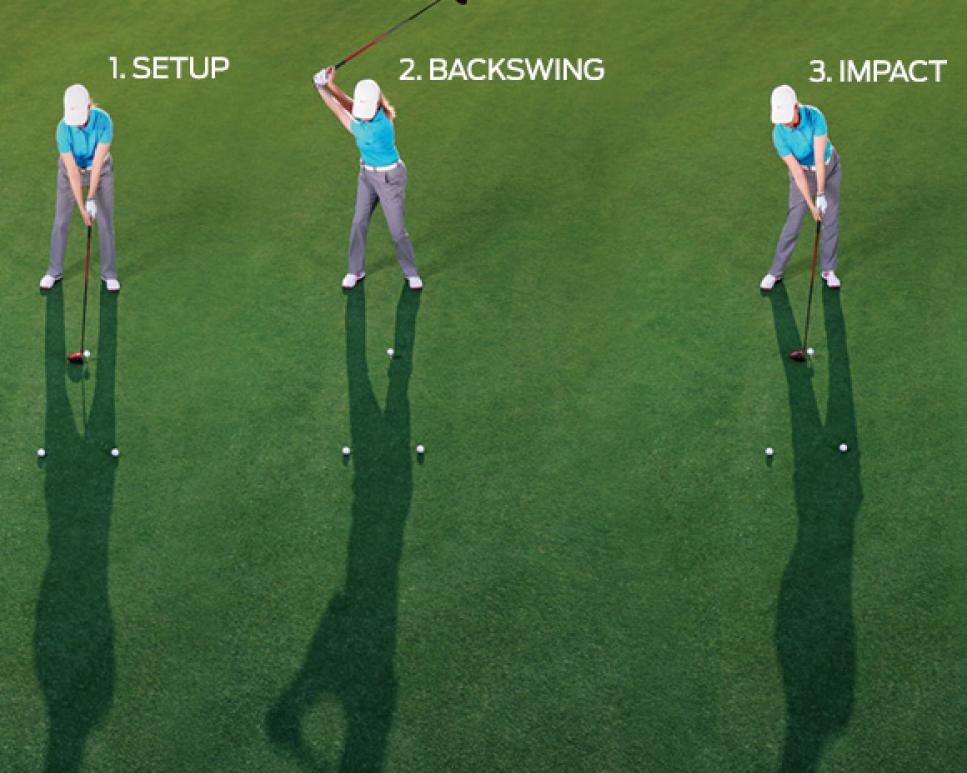Instruction
Be Your Own Coach

When I watch my players hit balls, I focus on how they turn. A good turn is the core of a powerful and consistent swing. I look at the neck and hips because that's the "golf skeleton." The torso should turn without much head movement, and the hips should turn within a certain space so the weight shifts to the rear foot. That sets up an explosive downswing.
Here's a great way to check these moves. Next time you see your shadow, toss down three balls to outline your hips and neck at address (you might need a friend to help). Practice swinging back and staying within that frame. When you first try this, your shadow will likely move over the back ball. The reason is, people want to crush their drives, so they try to really load up. But loading up won't help if it prevents you from getting to your front side by impact. Once you master the backswing, continue and stop at the bottom. Does your left hip cover the front ball? This is a checkpoint that many golfers don't reach—but every good player does.
So go out, grab a sleeve of balls, and put your back to the sun. Your best coach is right there in front of you.
1. SETUP
Frame your shadow using three balls: one on each hip and one at the center of your neck.

2. BACKSWING
Turn to the top with your hips staying between the balls and your head moving back slightly.
3. IMPACT
Shift your hips forward so your shadow covers the front ball, with your head remaining back.
COMMON FAULT
A big lateral move might feel powerful, but you won't get to your left side in time for impact (pictured on right).
*Cheryl Anderson, one of Golf Digest's 50 Best Women Teachers,
is director of instruction at the Mike Bender Golf Academy, Lake Mary, Fla.*
**